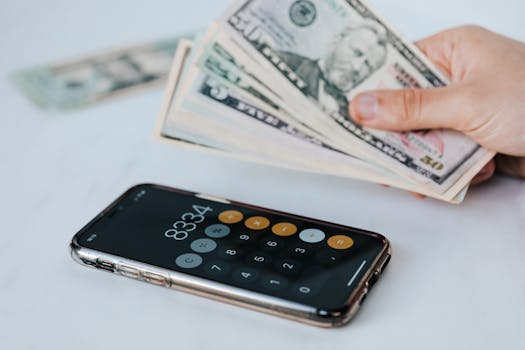Wearable Payment Devices: The End of Wallets?
Imagine a world where you no longer need to fumble through your wallet or purse to find your credit cards or cash. A world where you can simply make payments with a flick of your wrist or a tap of your finger. This may sound like something out of a sci-fi movie, but with the rise of wearable payment devices, this is quickly becoming a reality. Gone are the days of bulky wallets and loose change, as more and more people are embracing the convenience and security of wearable payment devices. But what exactly are these devices and how are they revolutionizing the way we pay? Let’s take a closer look at the phenomenon of wearable payment devices and how they may be the end of traditional wallets as we know them.
The Rise of Wearable Payment Devices
With the rapid advancement of technology, it comes as no surprise that the way we make payments is also evolving. Enter wearable payment devices – gadgets that allow you to make contactless payments using a variety of wearable items such as watches, bracelets, rings or even key fobs. These devices typically use near-field communication (NFC) technology, allowing you to make a payment simply by tapping them on a payment terminal.
The idea of wearable payment devices first gained traction with the launch of the Apple Watch in 2015. With the incorporation of Apple Pay, users could easily make payments by tapping their watch on a contactless terminal. This spurred other companies to follow suit, with brands like Fitbit, Garmin, and Samsung all introducing their own versions of wearable payment devices.
The Convenience of Going Cashless
One of the main advantages of wearable payment devices is the convenience they offer. No more searching for your wallet or purse, no more fiddling with cash or cards, and no more worrying about leaving your cards behind. With wearable payment devices, all you need is your wearable of choice – whether it’s a smartwatch, fitness tracker or even a ring – and you’re all set to make easy and quick payments.
As wearable payment devices are also connected to your banking or credit card account, you also have the option to make payments without your phone or even internet connection. This is especially useful when traveling or in situations where you don’t have your phone with you.
The Security Factor
Aside from convenience, another reason for the growing popularity of wearable payment devices is security. With traditional payment methods, there’s always a risk of losing your wallet or having your card details stolen. However, with wearable payment devices, the chances of this happening are significantly reduced.
For one, most wearable payment devices require you to enter a passcode or use biometric authentication – such as a fingerprint – to authorize a payment. This adds an extra layer of protection in case your device falls into the wrong hands. Additionally, since these devices only store limited payment information, there’s less risk of your personal and financial data being compromised.
The End of Wallets?
So, does the rise of wearable payment devices mean the end of traditional wallets? While it’s clear that these devices offer a more convenient and secure way to make payments, it’s unlikely that they will completely replace wallets and cash in the near future.
For one, not everyone is comfortable using wearable technology, or they may simply prefer the tangibility of cash and cards. Furthermore, there are still some limitations to wearable payment devices, such as not being accepted at all merchants and having a lower transaction limit compared to traditional cards.
In Conclusion
Despite these limitations, there’s no denying that wearable payment devices are here to stay. As technology continues to advance and consumers demand for faster and more secure ways to make payments, we can expect to see further innovations in this field. So, while we may not say goodbye to wallets just yet, it certainly looks like they will have some tough competition in the form of sleek and convenient wearable payment devices.
The future of payments is undoubtedly heading towards a more seamless and integrated approach, and wearable payment devices are just one piece of the puzzle. Are you ready to embrace this revolution and ditch your traditional wallet for good? The choice is yours.










